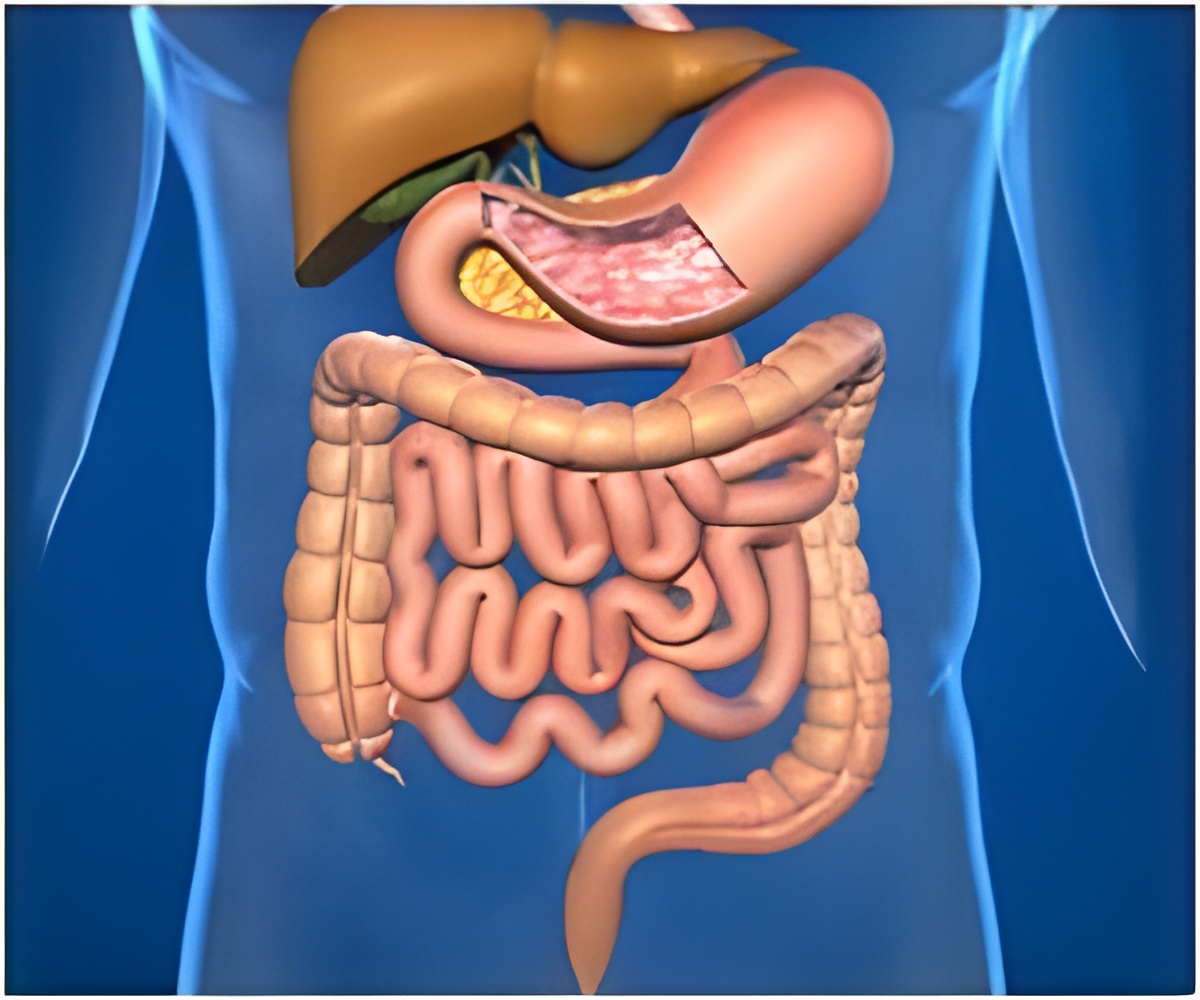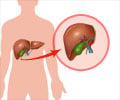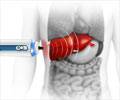Fatty livers actually burn more fat, not less as previously thought, a new study of human patients in the December Cell Metabolism shows.

The findings represent a paradigm shift in the connection between metabolism and fatty liver disease, as it was previously thought that fatty livers burned less fat.
"Our overwhelming goal is to try to understand what happens in those with fatty liver," says Jeffrey Browning of the University of Texas Southwestern Medical Center. "By understanding what leads to the onset and progression of the disease, we hope we can come up with therapies that actually work."
Most studies of people with insulin resistance have focused on the more accessible skeletal muscle. Those studies show that the mitochondria that power skeletal muscle cells work at a slower pace in the context of metabolic syndrome, including insulin resistance and fatty liver. Browning and his colleague Shawn Burgess weren't so sure that muscle could tell you much about what might be happening in other organs, including the liver.
"Unless skeletal muscle is working, it doesn't have much of an energy requirement," Browning explained. "The liver is always working." The liver breaks down fat and makes glucose and ketone bodies that fuel the rest of our bodies, including our hearts and our brains.
In the new study, the researchers used a special method that allowed them to trace metabolic inputs and outputs in the human liver in people with low and high levels of triglyceride fats in their livers. Those studies show that people with fatty livers are breaking down lipids 50 percent faster and producing glucose 30 percent faster in comparison to those with healthy livers.
Advertisement
The researchers now hope to explore how metabolism shifts over the course of the disease. One day the tracer technique they have developed might even help to identify those patients at the greatest risk of progressing to the point of liver transplantation.
Advertisement
Perhaps most important, the findings show that researchers need to rethink what insulin resistance means for the functioning of mitochondria throughout the body. "Skeletal muscle is very different from the liver," he says.
Source-Eurekalert















